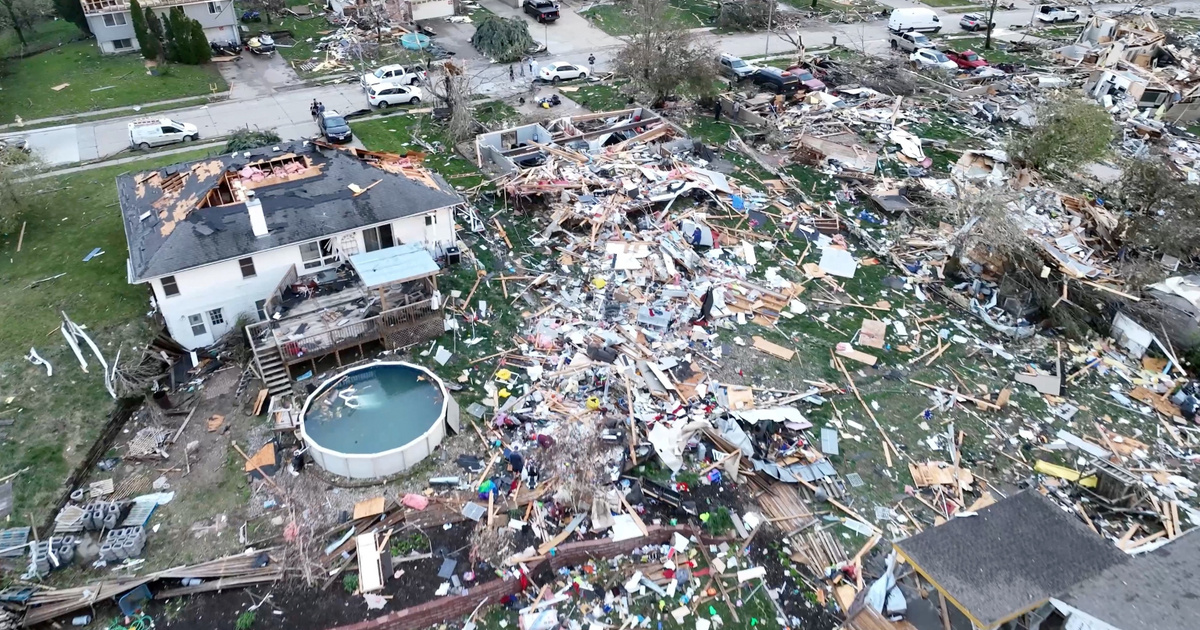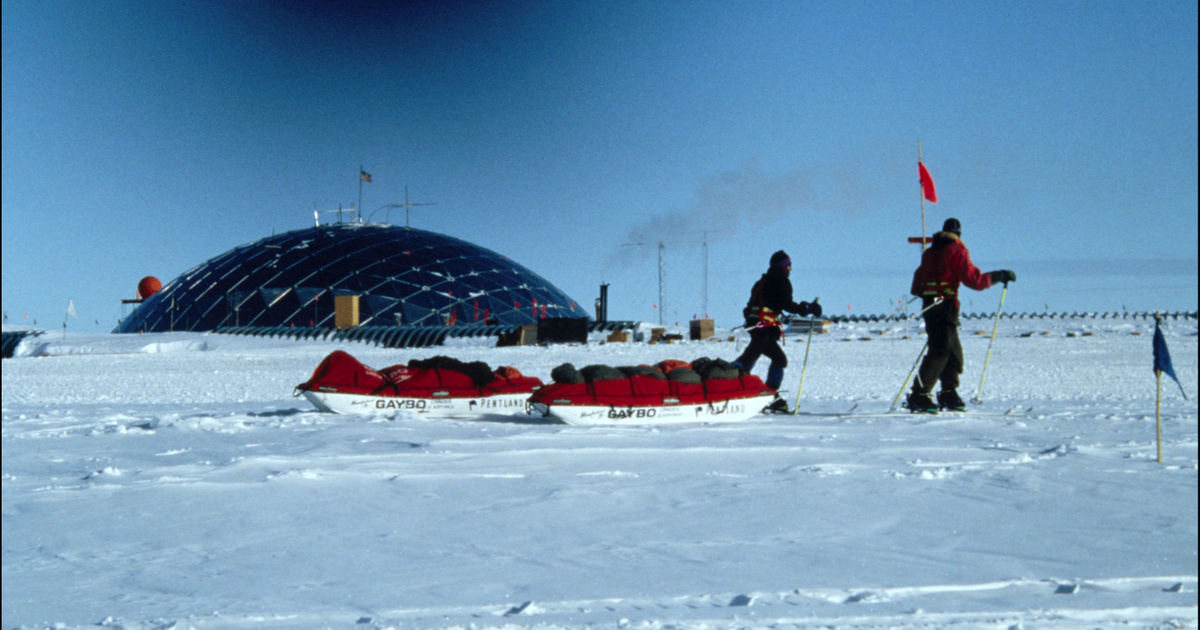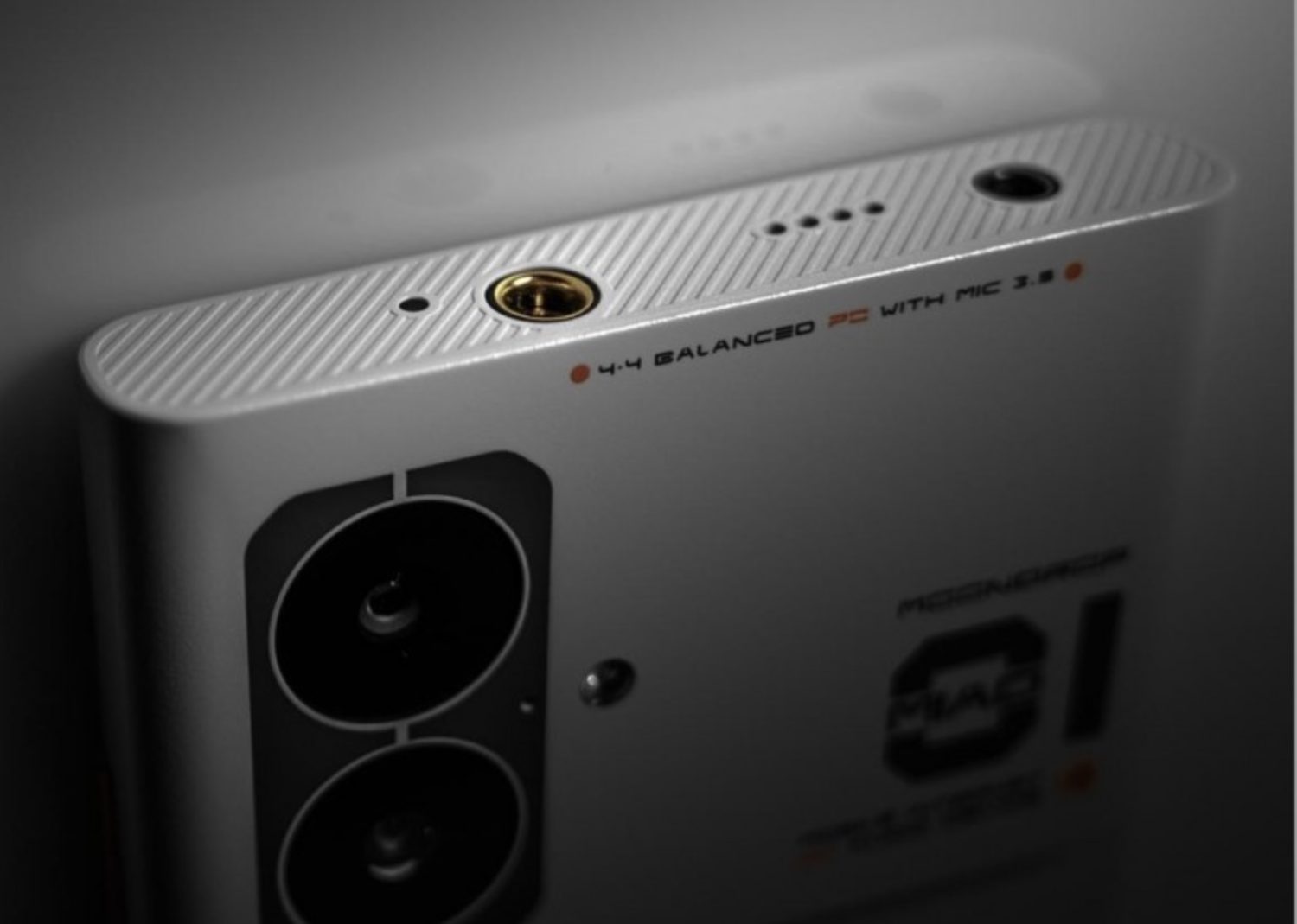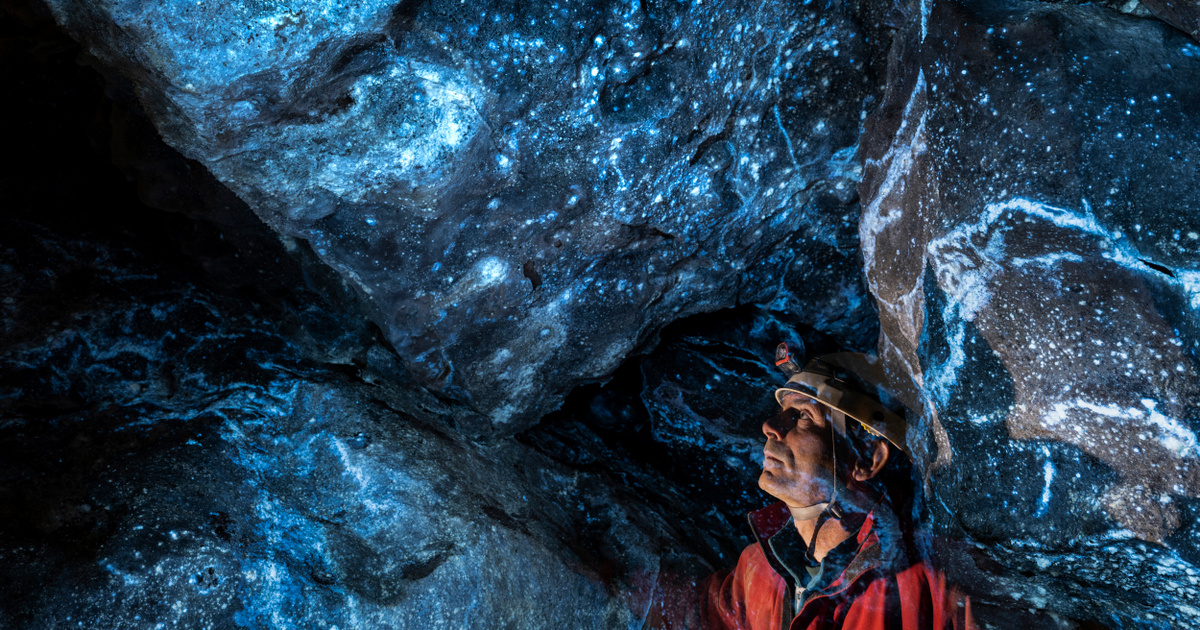Agnes Berenz has always been interested in the idea of how luminous minerals appear in their natural environment. His images combine visible and ultraviolet light, presenting a whole new, never-before-seen world of caves and mines.
The human eye can only see a narrow band of energy from the total radiation coming from the Sun. This is called visible light. Wavelength ranges outside of this are no longer directly involved in our imaging.
The colors of the world around us are also affected by the wavelength of light that falls on them, is reflected by them, and is absorbed by them. If radiation of energy higher than the visible light range reaches the surface, we can experience the phenomenon of luminescence in many cases, both in living and inanimate nature, as well as in our artificial environment. So UV-irradiated “objects” glow during or after irradiation (fluorescence). This is also the case with many minerals. Due to their structure or due to impurities embedded in them, they interact with light phenomena of different colors and intensities that are already in the visible light range.
Caves are made of rocks, and rocks are made of minerals. Therefore, just as in display cases, the phenomenon of luminescence can also be observed in the natural environment.
In 2018, Agnes was the first in Hungary to image large-scale cave areas using long-wavelength UV light.
Challenge, literally grumbling in the dark and finding a way characterize this new direction that presents an exciting visual world. There were no role models in front of me, so I was constantly experimenting with how to make what I saw as an image. I use mixed lights to create images. The model is illuminated with visible light, and its surroundings glow with ultraviolet light. In addition to the fact that our well-known caves are alive around us in an unprecedented visible world, the interesting thing about UV images is that we can distinguish mineral phases that we would not even notice due to their apparent uniformity in the visible light range.
– He says about his works.
Agnes Perentis Geologist, geographer and photographer. Ten years ago, while studying at university, he was introduced to the world of caves. Seeing untouched places that people had never visited or seen before made him believe that he should show them to those who would not be able to see them otherwise.
He picked up a camera for the first time in 2014, and unlike most photographers, he learned to use a camera in caves. It is true that this type of photography is very similar to studio photography, where photographers adjust the lights to their liking in a dark place, but the conditions are harsh. The images are sometimes taken belly-up in water-filled alleys, other times in giant, light-absorbing spaces, in 100-meter poles, suspended on a thin rope, or balanced on top of a crevice, sometimes hundreds or thousands of meters underground. The purpose of Agnes's photography is multifaceted: sometimes she wants to show the hidden beauty of ordinary places, other times she creates photo documents or reports.
The images shown here are by Ágnes Berentés Visible is invisible Parts of his exhibition, where large, detailed, backlit images displayed in a completely dark space recreate the atmosphere of this light phenomenon for viewers. In addition, the exhibit is interactive, where visitors can place their hands on a UV lamp and make the minerals shine. Agnes's works can be viewed at the Hermann Otto Museum in Miskolc until July 2, 2024.
(The pairs of images shown in the article were taken from the same location in the visible light range and then in long-wavelength UV light.)

Mount Joseph Cave, Budapest (pictured: Pal Borka)
Photo: Agnes Perentes


Mineral research facilities in Matra
Photo: Agnes Perentes

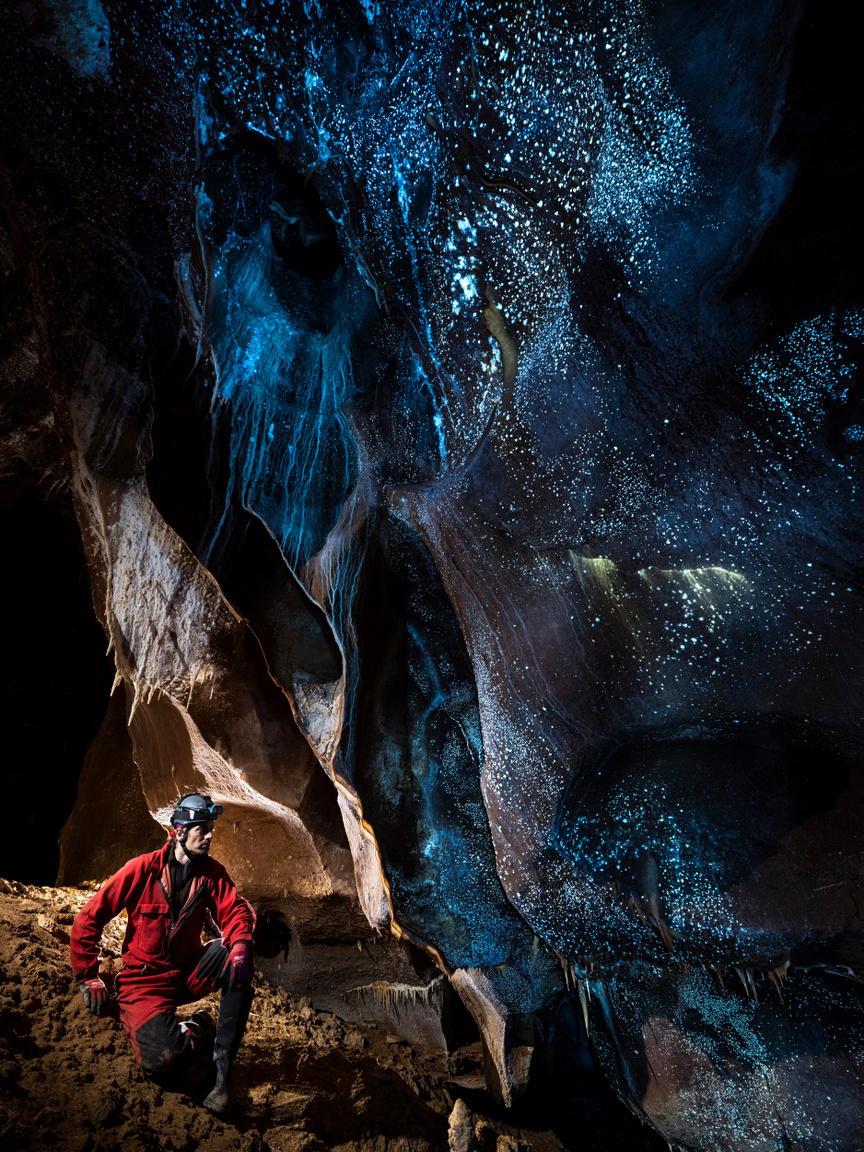
Golokratna Jama, Slovenia (pictured: Balint Regis)
Photo: Agnes Perentes


Mineral research facilities in Matra
Photo: Agnes Perentes


Mineral research facilities in Matra
Photo: Agnes Perentes


Voldvar Aladar Cave, Podvaszelas (pictured: Rica Vieres)
Photo: Agnes Perentes


Mineral research facilities in Matra
Photo: Agnes Perentes


Mount Joseph Cave, Budapest (pictured: Matuszka Fanny)
Photo: Agnes Perentes


Mineral research facilities in Matra
Photo: Agnes Perentes


Toskis Cave, Esztergom (pictured: Richard Kovacs)
Photo: Agnes Perentes


Mineral research facilities in Matra (pictured: Josef Hasz)
Photo: Agnes Perentes

